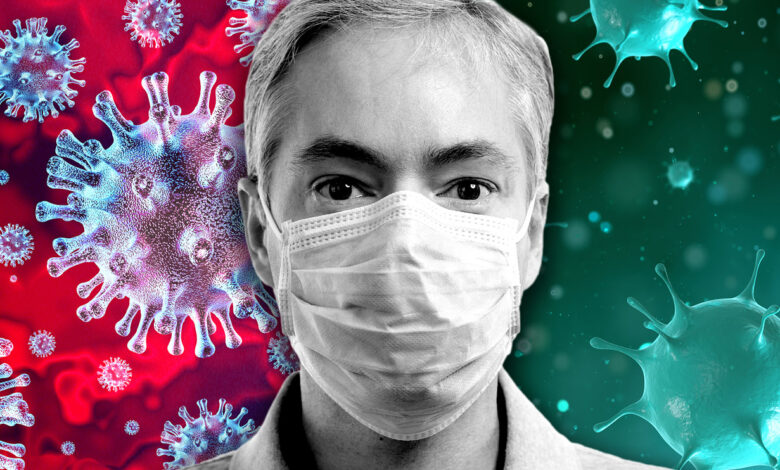The coronavirus ‘does not spread easily’ from touching surfaces or objects, says CDC
Corona does not spread easily

The new coronavirus “doesn’t spread effectively” from contacting surfaces or articles, as indicated by refreshed wording on the Centers for Disease Control and Prevention’s (CDC) site.
This change was made on May 11 without a declaration from the association, as indicated by NBC News. The change, which was made during an inside survey of their site, was intended to “explain different kinds of spread past individual to individual,” CDC representative Kristen Nordlund revealed to NBC News.
In any case, there doesn’t have all the earmarks of being any new information on how irresistible viral particles are on surfaces, as per NBC News.
Past research distributed on March 17 in The New England Journal of Medicine had discovered that the coronavirus could be viable in the air for as long as 3 hours, on copper for as long as 4 hours, on cardboard as long as 24 hours and on plastic and hardened steel as long as 72 hours. Be that as it may, it’s as yet hazy to what extent SARS-CoV-2 can wait on surfaces and how irresistible those surfaces could be, Live Science recently revealed.
The coronavirus spreads “effectively and economically among individuals,” and that is the primary course of transmission, the CDC says on their site. Be that as it may, “the infection doesn’t spread effectively in different manners,” their new sub-feature peruses (The old sub-feature read “Spread from contact with defiled surfaces or articles”).
Despite the fact that it’s “conceivable” that COVID-19 spreads in different ways other than individual to-individual contact, including from contacting surfaces or items and afterward contacting the mouth, nose or eyes or among creatures and individuals, these are not thought to the fundamental courses of transmission, the organization composed.
All things considered, as all the states over the U.S. have at any rate mostly revived, individuals are careful about what kind of safety measures they ought to be taking. For instance, individuals are hesitant to deal with money, and numerous organizations have now gone to “touchless” installments, as indicated by The Los Angeles Times.
“A relentless issue in this pandemic has been absence of clear informing from administrative initiative, and this is another grievous case of that pattern,” Angela Rasmussen, a virologist at the Columbia University Mailman School of Public Health revealed to The Washington Post. “It could even detrimentally affect hand cleanliness and energize lack of concern about physical separating or different measures.”
The CDC has distributed a lot of rules on the most proficient method to clean and sterilize surfaces. “Current proof recommends that SARS-CoV-2 may stay reasonable for a considerable length of time to days on surfaces produced using an assortment of materials,” the organization despite everything says in their rules. “Cleaning of noticeably messy surfaces followed by sterilization is a best practice measure for avoidance of COVID-19 and other viral respiratory ailments in family units and network settings.”
The most ideal approach to shield yourself from COVID-19 is to keep up great social separation (around 6 feet), wash your hands regularly with cleanser and water and routinely perfect and sterilize often contacted surfaces, as per the CDC.




